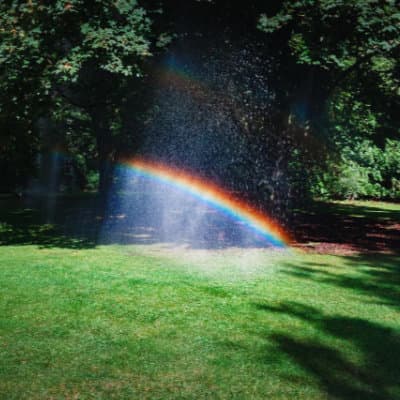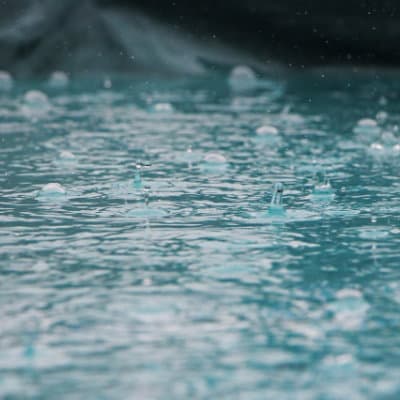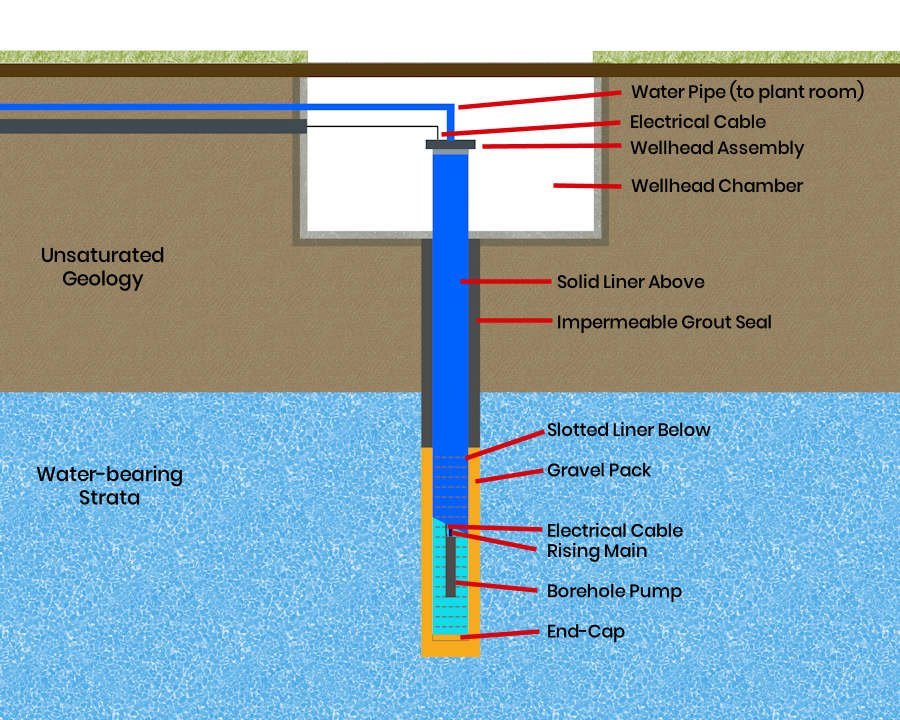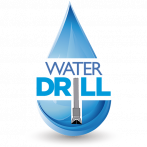Water Borehole
Understanding Boreholes
We know that having your own borehole drilled by us is a major commitment. You have chosen to consider a water well borehole to save money on your domestic consumer water bill or your business water bills. At Waterdrill, we want to help you to understand how we can supply water using our drilling methods. This section guides you through the process of boreholes and how we find natural water.

A water borehole on your property has a number of benefits. By providing your own, independent source of water from your own land it will start saving you money from the moment it is completed. You will no longer be affected by local water authority hosepipe bans and your borehole will give you a cleaner, more eco-friendly source of water that can add value to your property too.
Keep your garden beautiful all year!!!

A water borehole is perfect for all that want to save money on their water bills…
- Domestic Properties
- Farms
- Hospitals
- Leisure Centres
- Car Washer
- New Development

To fully understand what a water borehole is, and how it can supply you with your water needs, we first need to understand where does the groundwater come from.
Understanding the Hydrological Cycle

The hydrologic cycle begins with the evaporation of water from the surface of the ocean. As moist air is lifted, it cools and water vapour condenses to form clouds. Moisture is transported around the globe until it returns to the surface as precipitation. Once the water reaches the ground, one of two processes may occur:
- some of the water may evaporate back into the atmosphere
- the water may penetrate the surface and become groundwater. Groundwater either seeps its way into the oceans, rivers, and streams or is released back into the atmosphere through transpiration. The balance of water that remains on the earth’s surface is runoff, which empties into lakes, rivers and streams and is carried back to the oceans, where the cycle begins again.
Groundwater
Groundwater is water that is located below the earth’s surface. Over time, water from rain and rivers migrates through the ground and is stored in porous soils and rocks.
Groundwater is found in vast quantities filling the spaces between grains of soil or rock; it slowly flows through aquifers; it connects with rivers, streams, lakes and wetlands; it feeds trees and vegetation.
Groundwater makes up 98% of the fresh water on the planet. It currently makes up around a third of our total water consumption, although this varies from location to location.
Water Borehole
A water borehole is the best and most common way to obtain groundwater for household use. A borehole is basically a hole with about 152mm diameter in the ground, held open by a pipe (or casing) that extends to an aquifer. A pump draws water from the aquifer for distribution through the plumbing system. The depth to which water boreholes are constructed is determined by factors such as the local Geology condition and depth to groundwater.
Well Casing: New household wells are lined with PVC pipe known as well casing, as in the illustration. The casing is 110mm in diameter and extends from above the ground surface into the aquifer. The casing provides a connection to the groundwater and a pathway for bringing the water to the surface. The casing also prevents loose soil, sediment, rock, and contaminants from entering the well. The casing may also house and protect the pump and related equipment. In order to prevent contaminants from entering the well, the well casing must be properly vented and have a cap that is weatherproof and insect-proof.
Well Screen: If a well pumps water from a sand or gravel aquifer, a well screen is usually attached to the bottom of the casing. The screen is a sieve or strainer-like cylinder that extends into the aquifer and allows water to move through it while preventing sand and gravel from entering the well. The screen openings — or slot size — are selected by determining the size of the sand or gravel particles comprising the aquifer. The screens are typically 3.0m in length. An envelope of sand or gravel — called a gravel pack or a filter pack — may be placed outside the well screen, between the screen and the borehole wall. The filter pack keeps fine sediment from entering the screen and also promotes the movement of water into the well.
Grout Seal: The rotary drilling method produces a borehole which is larger in diameter than the casing. The space between the outside of the well casing and the borehole wall is called the annular space. After the well casing has been placed in the borehole, it is necessary to fill the annular space to keep surface water and other contaminants from entering the well. The material used to fill this annular space is called grout, a specific mixture of water and cement, or water and “bentonite” clay.
Borehole Development: Now is time to remove drilling mud, cuttings, and loose sediment from the bottom of the well and from around the screen. This process, which promotes the movement of water into the well, is called development. We use the technique called Air lift, which is basically a compressed air injected into the borehole.
Pumps: A submersible pump is installed downhole to lift water. The correct size of pump and pump motor depends on the water volume required, the water level in the well and the total dynamic head.



